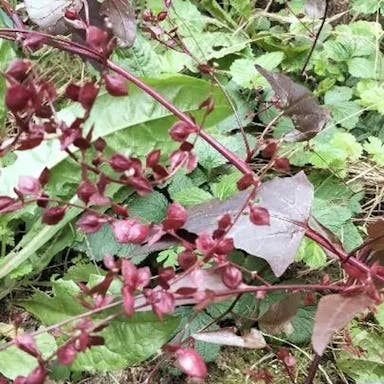Euphorbia lathyris, scientifically termed Caper spurge, requires a container equipped with drainage holes if potting the plant. After centering Caper spurge in the pot, gardeners should fill remaining space with well-draining soil, leaving a small gap between soil and pot rim. Following thorough watering, place the potted plant in an area with bright, indirect light.
For in-ground planting, select a site with decent drainage and full sun to partial shade. Dig a hole somewhat larger than the root ball, position the plant with root ball level to the ground, then backfill the hole with soil, lightly firming around the plant. Thoroughly water after planting and supply regular water, particularly during dry periods.
Repotting should occur every 2-3 years or when outgrown. Carefully remove from current pot, gently loosen roots, then place in a larger vessel with fresh soil. Improper care can cause legginess or root rot. Proper amounts of water, light, and drainage are key to prevent issues.












